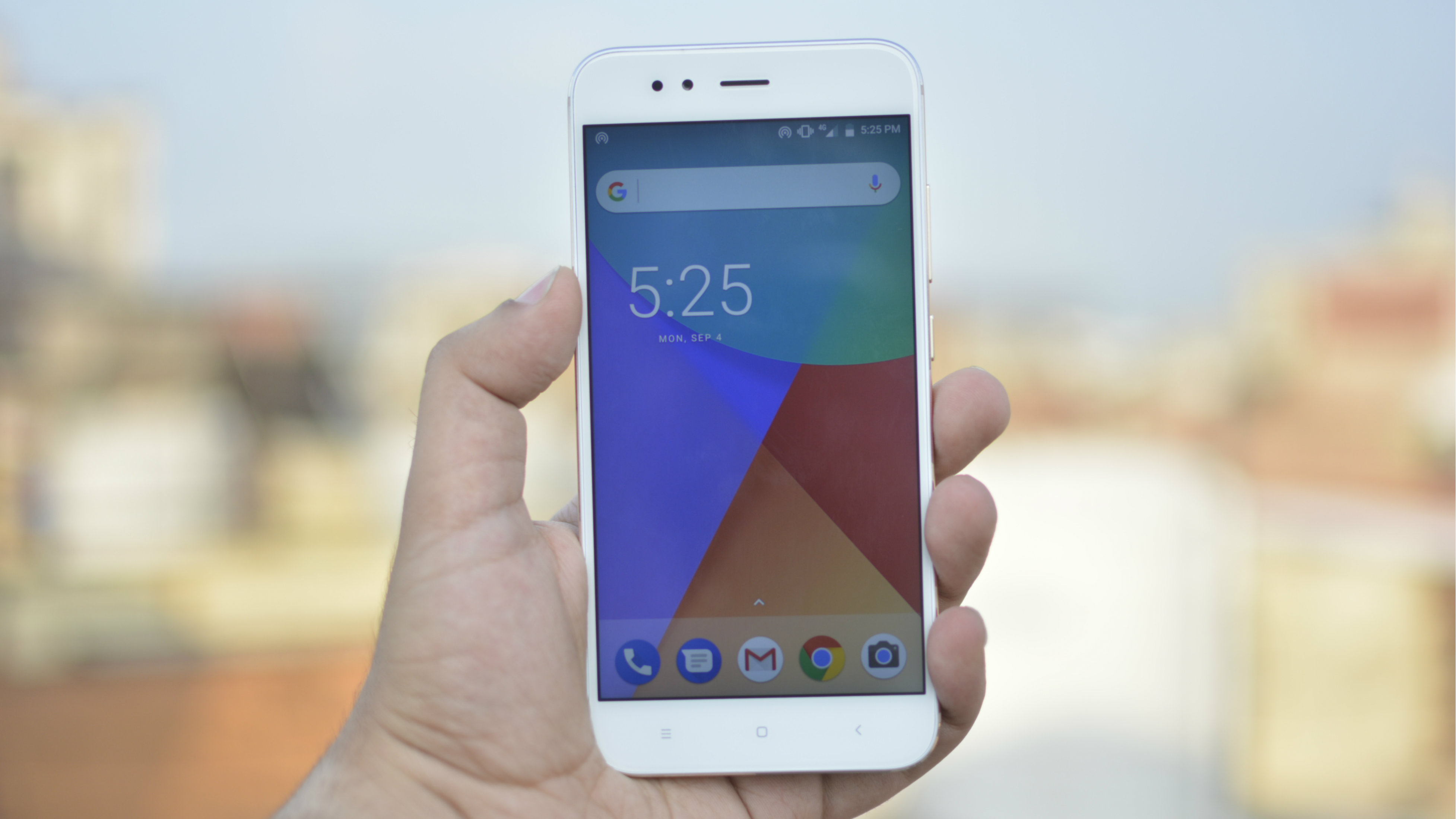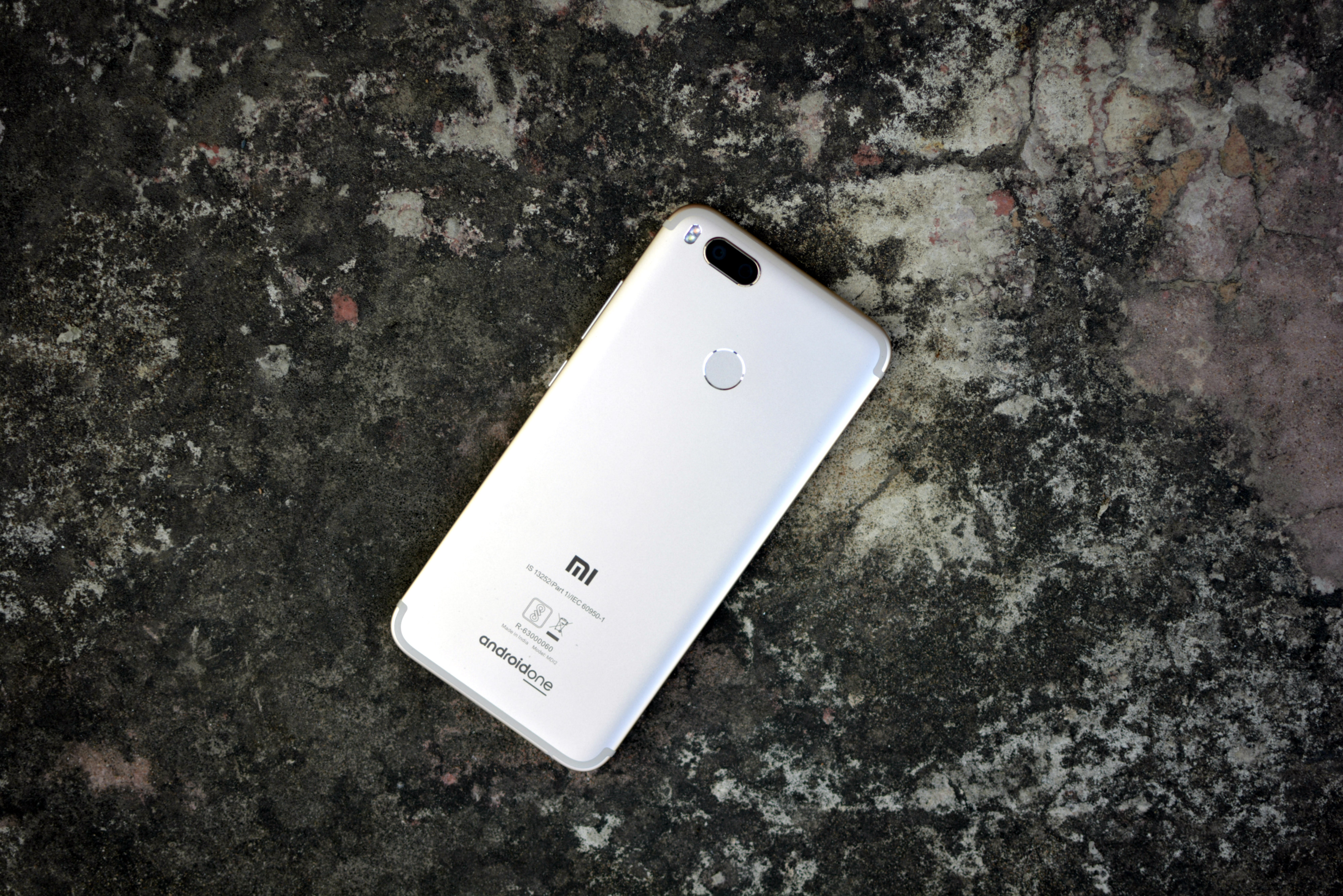Why you can trust TechRadar
Performance
If one looks at the core hardware of this phone, then it is largely similar to that on the Redmi Note 4. We’re talking about the Qualcomm Snapdragon 625 octa-core processor which has been built on a 14nm manufacturing process, 4GB RAM, 64GB of onboard storage, dual SIM support and a 5.5-inch 1080p LCD screen with Corning’s Gorilla Glass. But in the case of the A1, the performance particularly is better in day to day usage which is a great thing because the Redmi Note 4 was no slouch. On the contrary, it remains one of the best performing smartphones in the segment. The A1 goes one step further with the vanilla Android Nougat 7.1.2 Nougat experience running in tow with Android One.
It feels perceptibly faster in day to day usage than the Redmi Note 4. Apps load up faster and switch faster, and multitasking is a breeze for basic things like WhatsApp, Facebook, YouTube, Gmail, Apple Music, browsing the web, Instagram etc. in fact we could have as many as 25 apps open at the same time and the phone wouldn't get warm or start hanging or misbehaving. While this doesn't even happen with the Redmi Note 4, it just seems like the A1 is impervious to any software freezes.
So much so for day to day tasks one can compare the performance to a phone like the OnePlus 5 even though it uses an inferior processor and packs less amount of RAM. That’s the level of optimisation that’s been done on the phone.
Of course if you use the phones side by side, you may find the OnePlus 5 to be faster because it brute forces everything with its hardware, but for the average consumer that’s not much of a concern, and then there’s the price delta working in favour of the Mi A1 by more than Rs 10,000.
If you talk about heavy duty tasks like gaming then the phone can handle high resolution games with ease. Games like Asphalt 8 HD, Dead Trigger 2 and Nova 3 performed well, delivering very high quality graphics for the gaming experience. The phone didn't heat up and nor did one see any major crippling frame rate drops in the gaming experience that would sour gameplay in anyway.

The display is also great for such gaming experiences. It is big and bright with good viewing angles which makes it a pleasure to game on or even consume text. Its biggest weakness is the level of contrast. It seems washed out compared to the screen on the Moto G5S Plus with more muted colours and blacks seeming like greys.
One of the big differences between the A1 and the Redmi Note 4 is the battery on the phone. The Redmi Note 4 made a name for itself with its hulking 4,000mAh battery which would never run out of juice, however, on the Mi A1, there’s a smaller 3,080mAh battery which a pretty standard affair these days. That being said, even here Xiaomi has worked with Google to optimise things and the end result is very good battery life which is more than the average phone with a 3,080mAh battery life.
In days to day usage, admittedly we just tested the phone for 3 days, we got around about 15-18 hours of charge time, which basically means that the phone easily lasts an entire work day. Thankfully, the phone also comes with USB Type C charging and it charges quickly thanks to fast charging tech being embedded in the phone.
Interestingly, this phone also has a 10v amplifier which makes sure the audio experience on the device is above average. The single mono loudspeaker is loud and clear and even when the headphones are plugged in, the sound quality is quite good.
The call quality on the phone is above average. We tested it on an Vodafone network in Delhi NCR.
Current page: Redmi Note 4 like hardware but better
Prev Page Android One at its heart Next Page The flagship camerasSahil Gupta is the founder and editor of warpcore. He has spent his entire career in mainstream media including stints at Gadgets 360, BGR India, India Today and more recently the Times of India Group where he led international franchise publications like Gizmodo India, PCMag India, TechRadar India and TechSpot India. Apart from having deep insight into consumer electronics trends and tech, he's also a music aficionado and pioneered the concept of thematic indie music events in New Delhi, India's capital. warpcore is a culmination of his career which has been spent on the intersection of technology and music.

